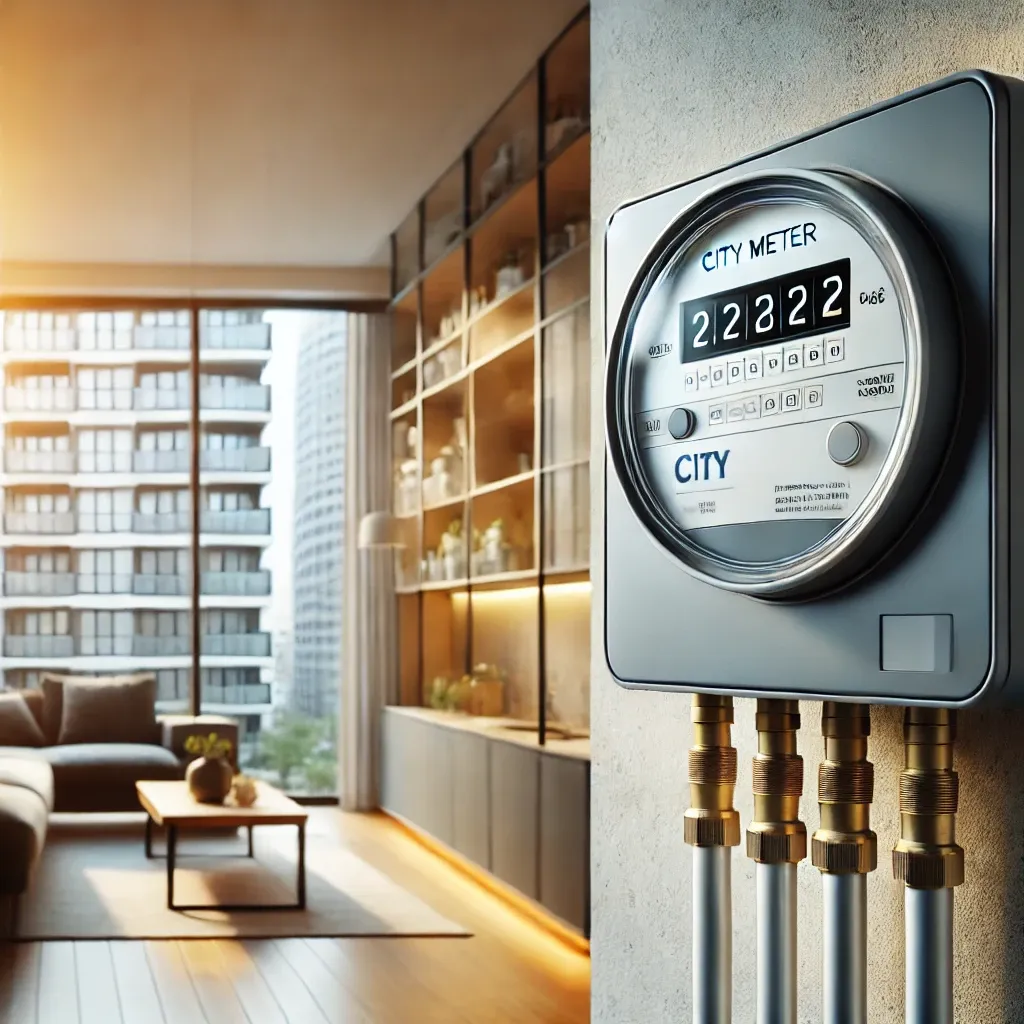Curious about city gas meter readings? Wondering how you can read your meter yourself or what happens when a technician visits? This guide explains everything about gas meter reading methods, how to track your consumption, and the role of meter readings in managing your utility costs.
City Gas Meter Reading Method
The city gas meter reading method refers to the process of reading the numbers on your gas meter to measure your consumption of natural gas. These readings are essential for billing purposes and help determine how much you owe for the gas you’ve used. Typically, a gas meter has several dials or a digital display that shows the amount of gas consumed in cubic meters (m³). There are several methods for taking this reading, and knowing which one applies to you can simplify your monthly utility management.
1. Manual Meter Reading (Self-Reading)
Self-reading of a city gas meter is the most common method. It involves recording the numbers on your meter at regular intervals (usually monthly or quarterly). Depending on the type of gas meter you have, you’ll either read the dials or note the digital number.
-
Dial Meters In older models, gas meters have rotating dials, each marked with numbers. You need to read the dials from left to right, recording the number indicated by the pointer on each dial.
-
Digital Meters More modern meters display the reading directly in numeric form. Simply note the number shown on the screen.
2. Online Gas Meter Reading System
Many modern utility companies offer online platforms or mobile apps that allow customers to submit their gas meter readings electronically. This method is convenient and eliminates the need for physical visits or manual recording. By inputting your reading, the system automatically updates your consumption, and you can track your usage over time.
3. Gas Meter Reading via Smart Devices
Some newer meters are equipped with smart technology, allowing real-time data collection and remote transmission of readings to your utility provider. These meters can send the reading directly to the gas company, so no manual reading is necessary.
4. Meter Reading Visits by Technicians
In areas where self-reading is not feasible, or if you miss submitting your reading, the utility company may send a technician to read your gas meter. These visits are scheduled periodically and can happen either as a part of a routine checkup or when a discrepancy in billing is detected.
Learn more about the types of gas meters.
City Gas Meter: Understanding the Components
A city gas meter is an essential tool for measuring natural gas consumption in homes, offices, and other commercial buildings. It typically consists of several parts that work together to accurately calculate the amount of gas used. Understanding how the meter works and what each component does can help you keep track of your consumption and avoid overcharges.
1. Dial Meters vs. Digital Meters
City gas meters come in two main types: dial meters and digital meters. Dial meters use rotating dials to indicate the gas flow, while digital meters provide a direct numeric reading.
-
Dial Meters These meters use a series of dials with pointers that rotate as gas flows through the meter. Each dial represents a digit in a number, and the consumer has to record these digits carefully.
-
Digital Meters These meters are more user-friendly and display a digital reading of the gas consumption. They are more accurate and easier to read compared to dial meters.
2. Flow Indicators and Recording Mechanism
Both types of meters have mechanisms that allow them to measure the flow of gas. This could be either through a mechanical process (in older meters) or electronically (in smart meters). The gas passes through the meter, and the measurement system records the volume.
3. Importance of Regular Calibration
City gas meters are calibrated to measure gas consumption accurately. However, over time, wear and tear or environmental factors could affect their performance. Regular calibration by the utility provider ensures that the readings you get are precise and that you are only billed for what you actually use.
Check out different types of gas meters here.
City Gas Meter Reading Visit: What Happens When a Technician Visits?
A city gas meter reading visit occurs when the gas company sends a technician to manually read your meter. This can happen for various reasons, including missed self-readings or discrepancies in the reported data. Here’s what you can expect during a reading visit:
1. Scheduled or Unscheduled Visits
-
Scheduled Visits If you have a manual meter or if your area requires physical readings, your provider may send technicians on a pre-arranged schedule. These visits are often planned quarterly or bi-annually.
-
Unscheduled Visits If there’s a discrepancy in your readings or if the utility company cannot access your meter, they may send a technician at short notice to take a reading.
2. Accessing the Meter
For the technician to read the meter, you need to ensure they have access to it. In apartment complexes, meters are usually located in a utility room or basement. In private homes, meters are often located in basements or outdoors.
3. What Happens After the Visit?
After the technician reads your meter, they will record the reading and update your account accordingly. If the reading was taken because of a billing issue, you may receive an updated bill. The technician may also provide you with an estimate of your consumption if the reading cannot be completed.
Find more about gas meter technician visits here.
Conclusion
Understanding the different methods of city gas meter reading is essential for managing your energy consumption and ensuring accurate billing. Whether you choose to read your meter yourself, rely on a digital system, or have a technician visit, knowing how it works allows you to take control of your utility usage. By keeping track of your gas consumption, you can identify trends, avoid surprises, and take steps to reduce energy waste in your home.
In the words of Albert Einstein: “The more I learn, the more I realize how much I don’t know.” The world of city gas meters may seem complex, but with a little knowledge, you can make informed decisions about your utility services.






